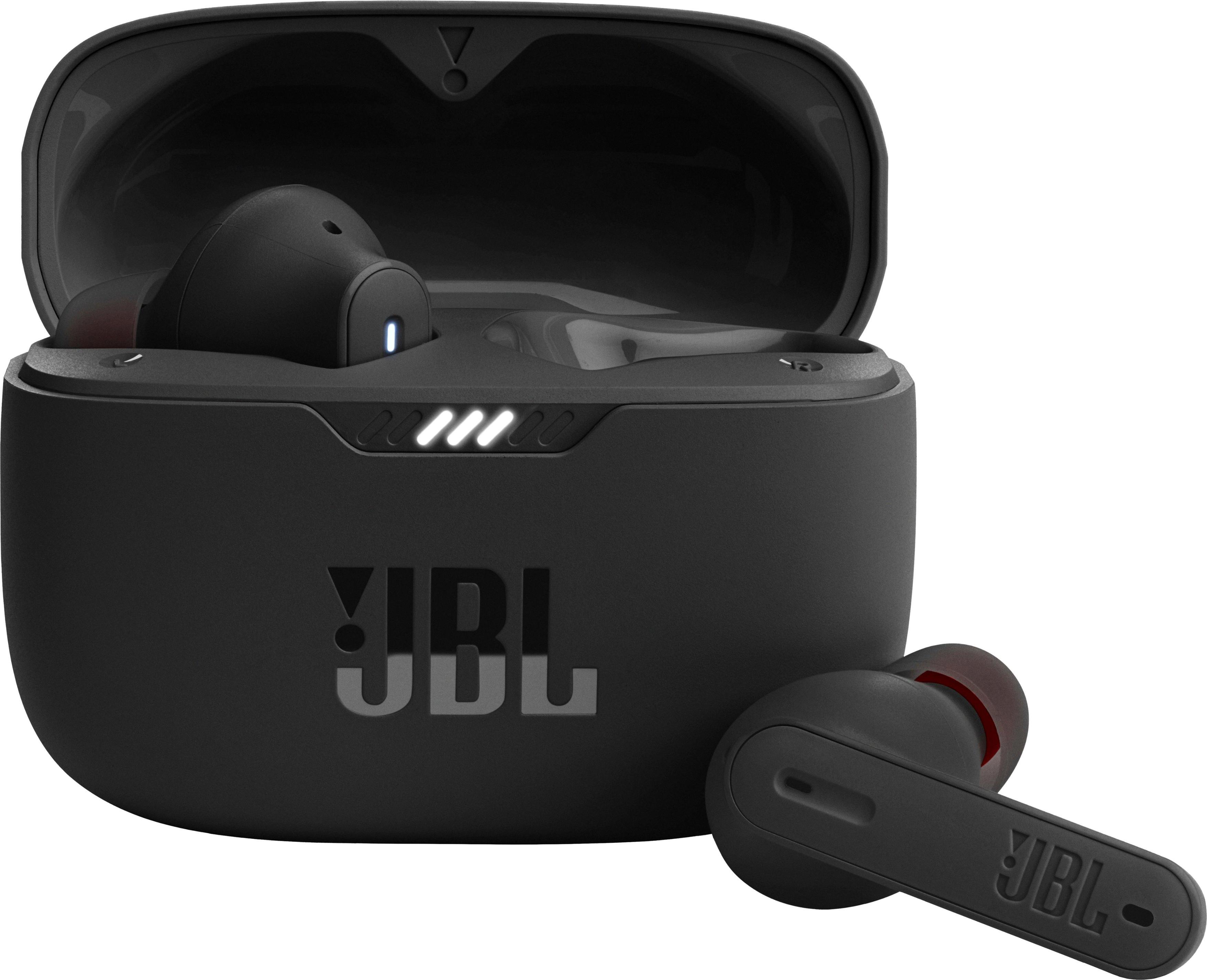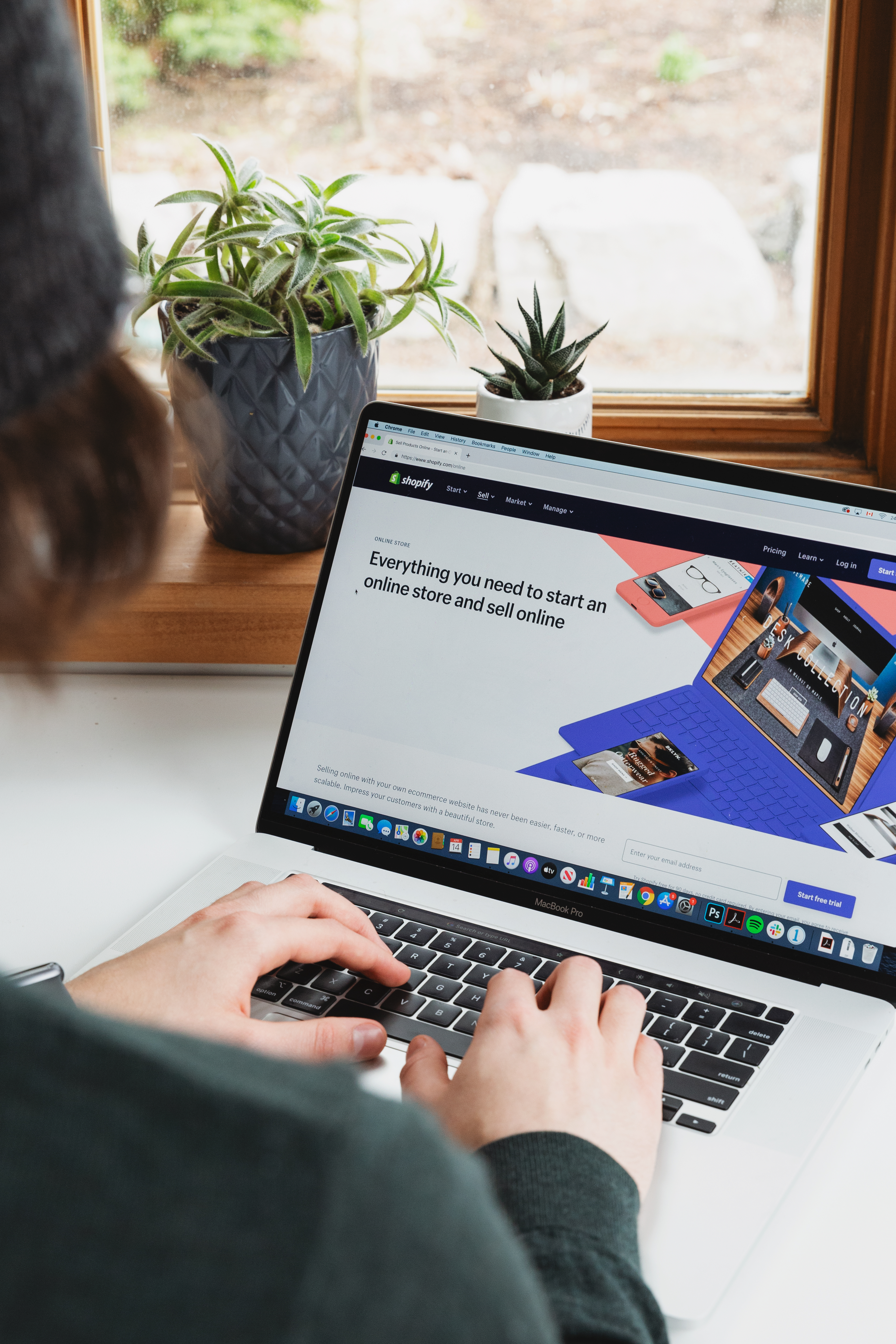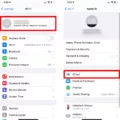A wireless keyboard is a great technological advancement for those who value convenience and efficiency in their workspace. Unlike traditional keyboards which are connected to the computer throuh a cord, wireless keyboards use either Bluetooth or radio-frequency (RF) technology to connect wirelessly to the computer. This eliminates the need for cords and makes it easier to move around your workspace without being tethered to the computer.
To connect a wireless keyboard, you will need the keyboard itself and either an RF dongle (for RF keyboards) or a Bluetooth-compatible device (for Bluetooth keyboards). First, insert the dongle into an available USB port on your computer. If you are uing a Bluetooth keyboard, make sure that your laptop or desktop is Bluetooth enabled. Then power on the wireless keyboard by pressing its power button.
Once it is powered on, your computer should detect it automatically and prompt you with instructions on how to pair it with your device. Follow the instructions carefully until you reach the point were you are prompted with a code that needs to be entered into both devices. Once this code has been entered, both devices should be paired and ready for use.
If you have any trouble connecting your wireless keyboard, refer to its user manual for troubleshooting tips and guidance on how to connect it properly. With some patience and perseverance, you should find yourself typing away in no time!
So if you’re looking for ways to boost efficiency in your workspace and maximize convenience, look no further than a wireless keyboard!
Getting a Computer to Recognize a Wireless Keyboard
First, make sure that your wireless keyboard is powered on and in pairing mode. Then, open the Settings app on your computer and select the ‘Devices’ option. Next, click ‘Bluetooth & other devices’ and select the option to ‘Add Bluetooth or other devices’. Finally, select ‘Bluetooth’ when asked what type of device you’re adding and wait for the computer to detect your keyboard. Once it does, you should see it in the list of availabe devices. Select it to pair it with your computer, and you should be good to go!
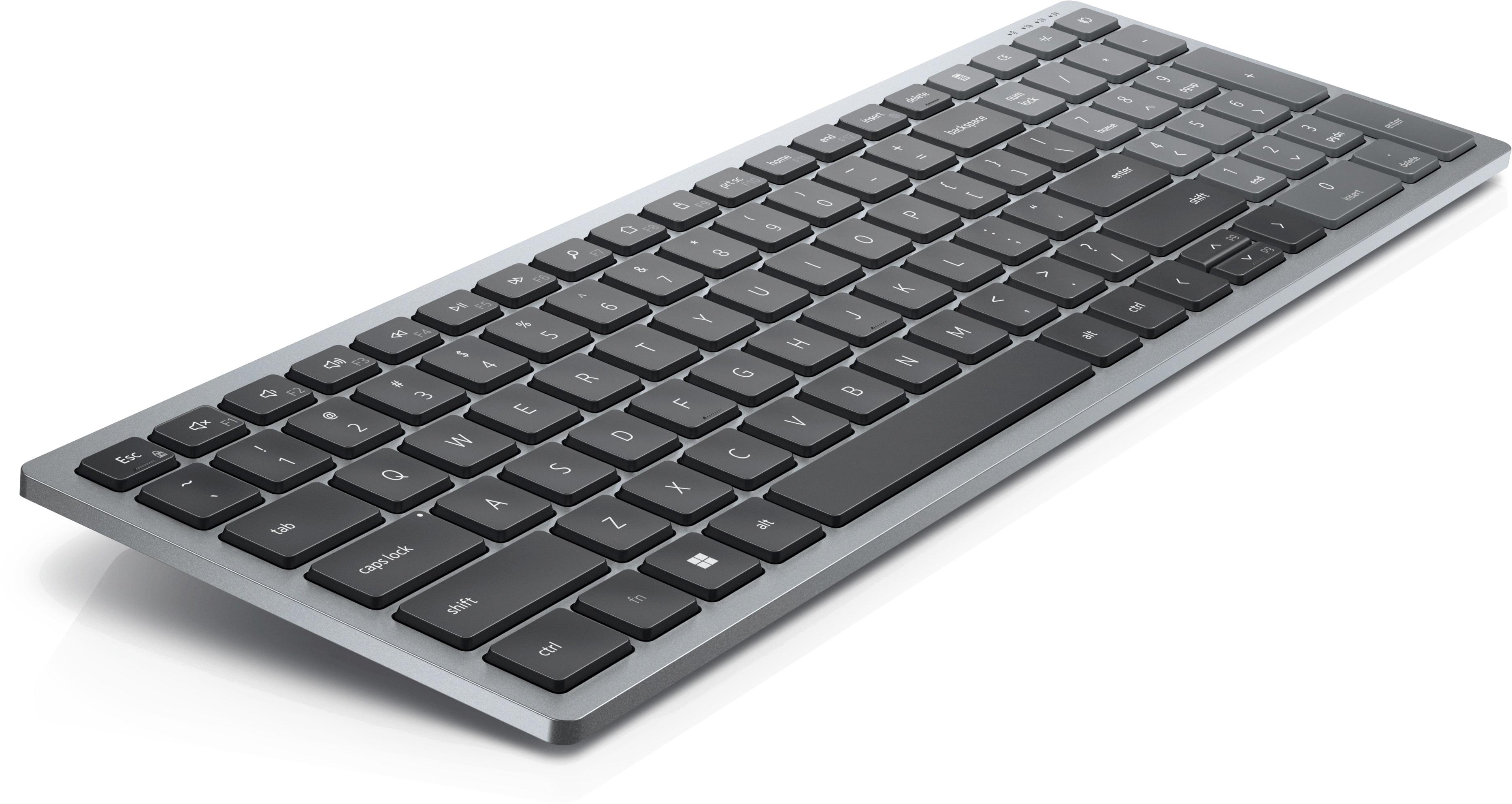
Source: dell.com
Location of Pairing Button on Wireless Keyboard
The pairing button on a wireless keyboard is usually located on the bottom of the keyboard. It is usually a small round button, and is often labeled with the words “Pair” or “Connect”. To pair your keyboard, press and hold this button for 5 seconds util the LED starts to flash.
Troubleshooting Issues with Wireless Keyboard Connectivity
It is possible that your wireless keyboard is not connecting due to a few potential causes. The most common cuse of wireless keyboard connection issues is a depleted battery. If you haven’t already, try replacing the batteries in both the keyboard and mouse. Additionally, try reconnecting the devices by pressing the reconnect button on the wireless receiver, and on the keyboard and mouse. It may also be possible that the wireless receiver has become disconnected from your computer. Try checking to make sure that it is firmly connected to an available USB port. If none of these solutions work, you may need to reset your device or contact a technical support representative for additional assistance.
Connecting a Wireless Keyboard Without USB
Firstly, make sure that the keyboard is turned on. Then, set it to pair mode by pressing the pairing button or follwing the instructions in its manual. Next, turn on the PC and go to All apps > Settings > Bluetooth and Devices. Turn on Bluetooth and click Add Device. Select Bluetooth and your wireless keyboard should appear on the list. Click on it to connect it to your PC without using a USB.
Troubleshooting Bluetooth Keyboard Connection Issues
If your Bluetooth keyboard is not connecting to your computer, there can be sevral potential causes such as:
1. The Bluetooth has been disabled on the device. To enable it, go to the Settings app and check the Bluetooth settings.
2. The batteries in the keyboard are dead or low and need to be replaced.
3. The keyboard is too far away from the device and out of range for a successful connection. Try bringing the keyboard closer to the device for a successful connection.
4. There may be interference from other devices or wireless networks in the area that is causing a disruption in your connection attempt. Try moving your device and keyboard away from other devices or wireless networks to see if this resolves the issue.
5. Your computer may not have compatible Bluetooth drivers installed that are needed for a successful connection with the keyboard. Check with your computer manufacturer’s website for updated Bluetooth drivers that may be needed for a successful connection attempt with your keyboard model and computer model combination.
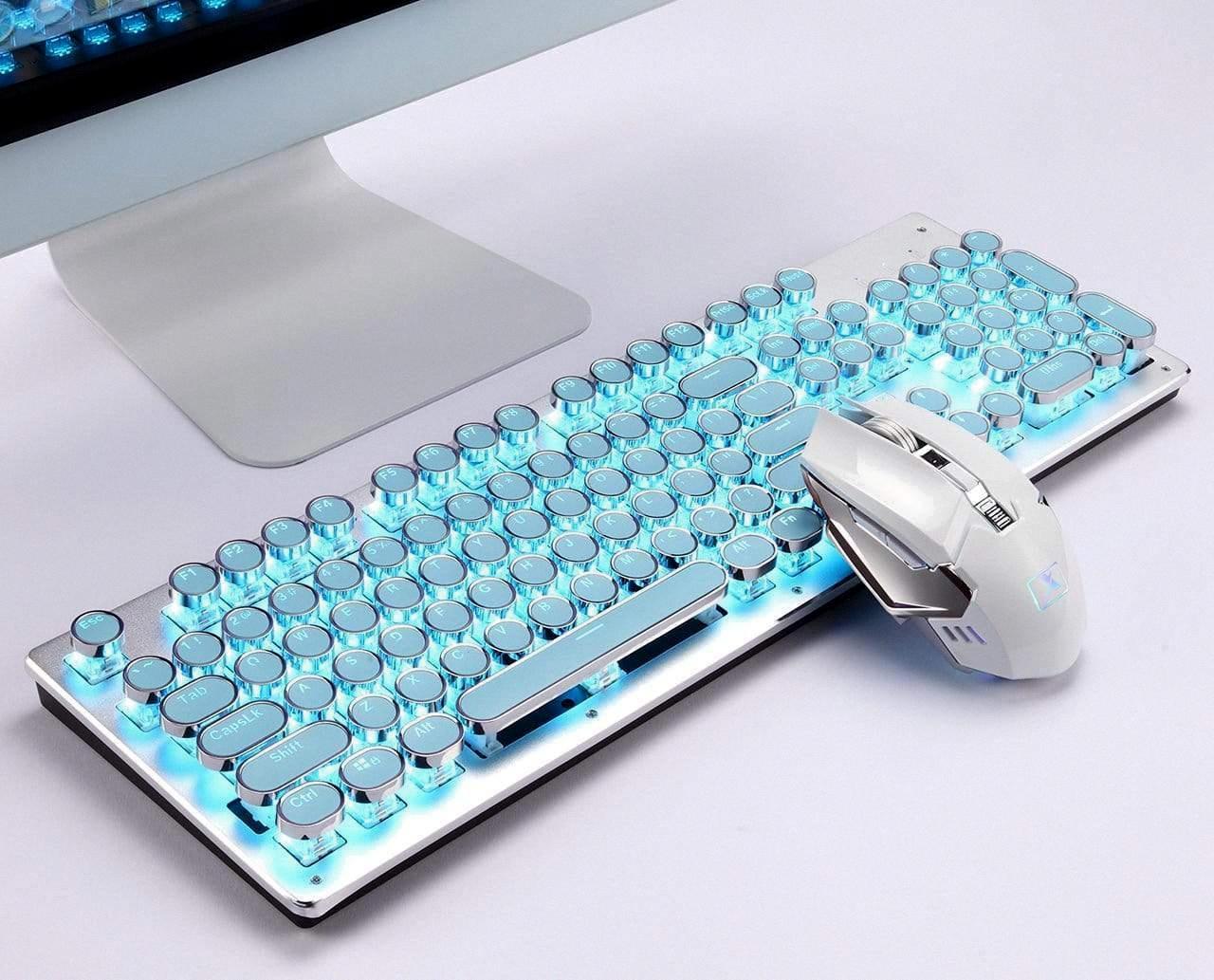
Source: thepnkstuff.com
Pairing a Keyboard
To pair your keyboard with your Android tablet, start by opening the Settings app on your tablet and navigating to the Bluetooth section. Make sure that Bluetooth is enabled and then select the option to search for devices. Your keyboard should appear in the list of avaiable devices. Select it and follow any instructions that may appear to confirm the pairing process. Once the connection has been established, you should be able to use your keyboard with your Android tablet!
Turning On Bluetooth on a Wireless Keyboard
To turn on Bluetooth on a wireless keyboard, first make sure that the keyboard is powered on. Then press the Bluetooth button (often represented by a crossed-out Bluetooth symbol) on the keyboard to begin searching for devices. Once the keyboard’s Bluetooth light starts blinking, it is ready to be paired with your device. On your device, open the Settings menu and select ‘Bluetooth & oher devices’. Your device should now detect the wireless keyboard and you can complete the pairing process by selecting it.
Connecting a Keyboard to a Computer
To connect a keyboard to your computer, you will need a USB A to B cable. First, plug the USB B end of the cable (square-ish in shape) into the USB port on your keyboard. Then, plug the USB A end of the cable into your computer’s USB port. Depending on your operating system, you may need to install any neessary drivers for your keyboard. Once that is done, launch Playground and go through the setup prompts. Click on Next and complete the set up. Once finished, your keyboard should now be successfully connected to your computer!
Location of the Reset Button on a Wireless Keyboard
Most wireless keyboards do not have a physical reset button. Instead, you can reset your keyboard by turning it off and then holding down the ESC key while turning it back on. After about 5 seconds of holding down the ESC key, release it and you should see the keyboard lighting flash to indicate that the reset was successful.
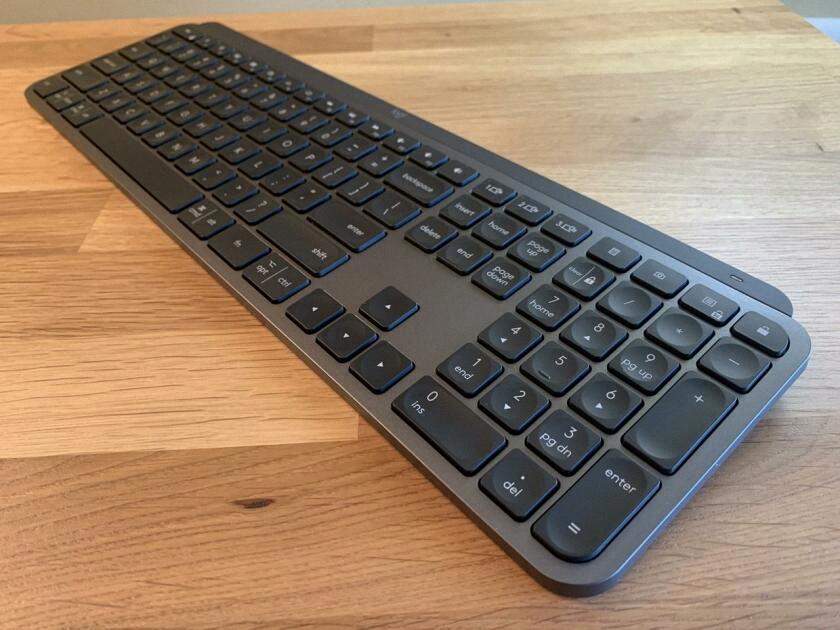
Source: pcmag.com
Resetting a Bluetooth Keyboard
In order to reset your Bluetooth keyboard, you will first need to switch it off. Once it is switched off, press and hold the ESC key while turning the keyboard back on. After five seconds, release the ESC key and your keyboard should flash an indicator light to show that the reset was successful.
Can Wireless Keyboards be Used with Any Computer?
No, wireless keyboards cannot be used with any computer. It depends on the type of wireless keyboard and what type of connection it uses. Some wireless keyboards use Bluetooth, which can be used with nearly any laptop, tablet or Mac computer, but not all desktop PCs unless you buy a Bluetooth adapter. Other wireless keyboards connect using a specific USB dongle, which must be compatible with your computer’s operating system.
Troubleshooting Issues with an External Keyboard
It’s possible that your external keyboard is not working due to a hardware issue. First, make sure the keyboard is securely plugged in. If it is, try disconnecting and reconnecting it to the same port. If you have a USB keyboard, try plugging it into a different USB port. If none of these solutions work, then it’s likely that tere may be an issue with the hardware of the keyboard itself.
How Wireless Keyboards Work
A wireless keyboard works by sending a signal from the keyboard to the USB receiver plugged into your computer. The signal is eiter radio frequency (RF) or Bluetooth, depending on the type of keyboard you have. The USB receiver then interprets this signal and sends it to your computer as if it were a regular wired keyboard. A battery powers the wireless keyboard, so it needs to be recharged or replaced periodically.
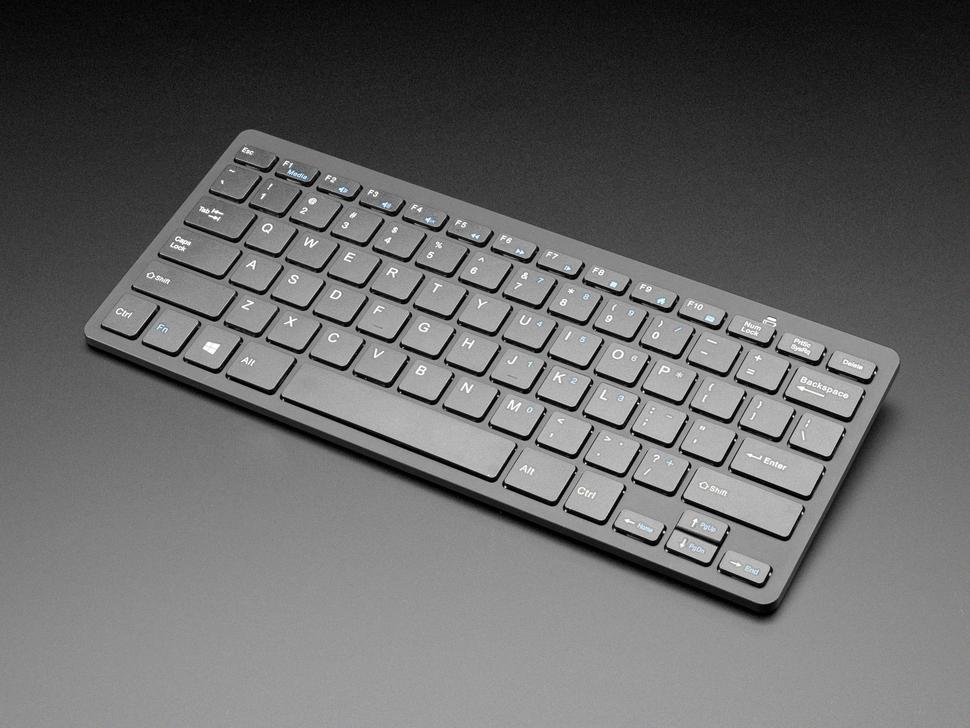
Source: adafruit.com
Do Wireless Keyboards Require a Dongle?
No, not all wireless keyboards need a dongle. Many wireless keyboards now use Bluetooth technology to communicate with the computer, which does not require a dongle. However, some wireless keyboards still use radio frequency (RF) technology, which requires a USB dongle in order to connect to the computer. It is important to check the specifications of your keyboard before purchasing one, as some manufacturers may use different technologies for thir products.
Do Bluetooth Keyboards Require USB?
Yes, a Bluetooth keyboard needs a USB port to work. The USB port is used to connect the Bluetooth receiver, which is a small device that plugs into the computer and alows it to communicate with the keyboard. The receiver receives the signals from the keyboard and sends them to the computer for processing. The power for most Bluetooth keyboards comes from batteries that must be charged in order for the keyboard to function properly.
Using a Bluetooth Keyboard
Using a Bluetooth keyboard is simple and straightforward. First, make sure that your Bluetooth keyboard is turned on and in pairing mode. Then, go to your device’s Settings and select Bluetooth. Tap the slider button to turn Bluetooth “On”. Once you have enabled Bluetooth, it sould automatically detect your keyboard and prompt you to pair it with your device. Simply follow the instructions on the screen to complete the pairing process.
Once your keyboard has been successfully paired, you should be able to start using it right away — no additional drivers or software are needed! Enjoy typing away with your new wireless peripheral!
Connecting a Bluetooth Keyboard Without a PIN
To connect your Bluetooth keyboard without a PIN, you’ll need to first make sure your computer’s Bluetooth is enabled. Then, right-click the Bluetooth icon in the bottom-right corner of the screen and select Add to Personal Area Network. On the top-left corner of the screen, click Add a new Bluetooth device. Press the sync button on your mouse and wait for the device to appear. Select it from the list of devices, then leave the PIN text box blank and click Next. Depending on your specific setup, you may now have to accept a connection request on your keyboard or computer befre it is successfully paired up with your machine.
Pairing and Connecting with Bluetooth
To pair and connect with a Bluetooth accessory, frst swipe down from the top of your device’s screen. Then, touch and hold Bluetooth, tap Pair new device, and then tap the name of the Bluetooth accessory you want to pair with your device. Follow any on-screen instructions that appear to complete the pairing process. Once the pairing is complete, you should be able to use the accessory with your device.
Restarting a Keyboard
To restart your keyboard, first you should unplug it from your computer. Then wait for 30 seconds before plugging it back in. Once plugged in, hold down the ESC key on your keyboard until the keyboard begins to flash. This indicates that your keyboard has been successfully reset and is now ready to use.
Turning On a Keyboard
To turn your keyboard back on, you will need to press and hold the power button. This is usually located on the side or top of the keyboard. If your keyboard is connected to a laptop, there may be a separate power button for the keyboard. When you press and hold the power button for a few seconds, it should light up, indicating that it has been turned on. After that, your keyboard should be in working condition again.
Resetting a Wireless Mouse and Keyboard
To reset your wireless mouse and keyboard, start by turning off your mouse and keyboard. Next, hold down the left and right mouse buttons on the mouse simultaneously. While still holding down the buttons, turn the mouse back on. After around 5 seconds, release the buttons. If the LED light flashes when you let go of the buttons, then it has reset successfully. Similarly, for your wireless keyboard press down the power button wile continuing to hold it down until you hear a beep or see an LED light flash. This should indicate that your keyboard has been reset successfully.
Troubleshooting a Wireless Keyboard
If your wireless keyboard is not working, thre are a few steps you can take to troubleshoot the issue.
First, remove and plug back in the USB receiver that came with your keyboard. This may resolve any connection issues between the receiver and keyboard.
Next, check the batteries in the keyboard itself. If they are low or dead, replace them with new ones.
Then, remove the wireless keyboard from Windows and try again. To do this, go to Settings > Devices > Bluetooth & othr devices and select “Remove device” next to your keyboard.
If that doesn’t fix it, try testing the keyboard on another computer.
If it still doesn’t work on that other computer, you can manually search for and install drivers for your keyboard online. Or you can automate device driver updates by installing a driver update tool such as Driver Booster or DriverEasy. This will make sure you alwys have the most up-to-date drivers installed for your device.
Connecting a Keyboard and Mouse to a Computer
To connect your keyboard and mouse to your computer, frst determine which type of connector is being used. Most keyboards and mice today use a USB connector, but some may use a PS/2 connector.
If the keyboard uses a USB connector, plug it into one of the USB ports on the back or side of your computer. If the keyboard uses a PS/2 connector, plug it into the green mouse port on the back of your computer.
For the mouse, if it uses a USB connector, plug it into any availble USB port on the back or side of your computer. If it uses a PS/2 connector, plug it into the purple mouse port on the back of your computer. If your keyboard has an available USB port you can connect your mouse to this instead of connecting it directly to your computer.
Once everything is connected, turn on your computer and follow any instructions that may appear on screen for installing drivers or software for either device (this is only necessary for some older models). After that you should be all set and able to start using both devices with ease!
Connecting a Mouse and Keyboard to a Laptop
To connect a mouse and keyboard to your laptop, you will need to ensure that the devices are compatible with your laptop. Most modern laptops come with USB ports, so if your mouse and keyboard are USB compatible, then you can connect them directly to the USB ports on your laptop. If not, then you may need to purchase an adapter that can convert the input from the keyboard or mouse into a format that is compatible with your laptop. Once you’ve determined that the devices are compatible, simply plug them into the appropriate ports and you shold be good to go.
Connecting a Wireless Mouse Without USB Receiver
First, make sure your wireless mouse is Bluetooth-enabled. If it is, turn on the mouse and check for a flashing blue light. Then, go to your computer’s Settings and select Devices. Click the Add Bluetooth or other device option, then choose Bluetooth from the list of options. Finally, select your wireless mouse from the list of available Bluetooth devices and click Connect. Once it’s connected, your mouse shoud be ready to use!
Compatibility of Keyboards with Computers
Yes, any keyboard should work with your computer. Most keyboards connect via a USB port, which is compatible with most desktop, laptop, or portable computers (PCs and Macs). Once the keyboard is plugged in, it should be automatically recognized and begin working. Some keyboards may require additional software to be downloaded in order for them to function properly. If this is the case, instructions should be included with the product or on the manufacturer’s website.
Connecting an External Keyboard to a Laptop
To get your laptop to recognize an external keyboard, first ensure that the external keyboard is connected to the correct USB port on your laptop. If the external keyboard is already connected, try unplugging it and plugging it back in to ensure a secure connection. Then, restart your laptop and check if the external keyboard is now recognized by your laptop. If not, try connecting the external keyboard to a diffeent USB port on your laptop. Additionally, make sure that all drivers for the external keyboard are up-to-date. If you are still having trouble getting your laptop to recognize the external keyboard after trying these steps, contact technical support for assistance.
Do Wireless Keyboards Require WiFi?
No, a wireless keyboard does not need WiFi. It uses Bluetooth to connect to your computer, which is a short-range wireless connection that does not require an internet connection. Bluetooth transmits data through radio waves and requires no special hardware oter than the receiver included in most computers.
Do Wireless Keyboards Utilize Bluetooth?
Yes, many wireless keyboards today use Bluetooth technology to communicate with their parent device. Bluetooth is a wireless protocol that enables two devices to connect and communicate with each other over short distances. When a wireless keyboard is paired with its parent device via Bluetooth, it can transmit data quickly and securely without the need for cables or wires. This makes it easy to set up and use a wireless keyboard with any compatible device, such as a laptop, desktop computer, smartphone, or tablet.
Do Wireless Keyboards Require Charging?
No, wireless keyboards do not need to be charged. Instead, they typically run on batteries, which need to be replaced when they run out of power. Depending on the type of battery used in the keyboard and how often it is used, the battery may need to be replaced evry few months or so. To make sure you don’t experience any disruption in service due to a dead battery, it’s a good idea to keep extra batteries on hand or have a traditional keyboard as a backup.
Conclusion
A wireless keyboard is a great way to upgrade your computing experience and make it more efficient. It offers a wide range of features, from the ability to connect with multiple devices to the convenience of no cords or cables. It also offers flexibility in terms of being able to move around freely or work from any location. Furthermore, it provides enhanced accuracy and responsiveness for typing tasks as well as for gaming. With its various features and benefits, a wireless keyboard is an ideal choice for those lookng for an upgraded experience when working on their computers or laptops.


